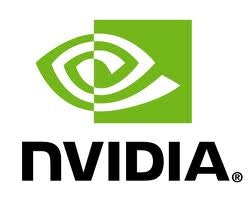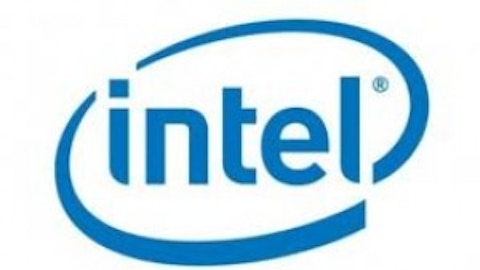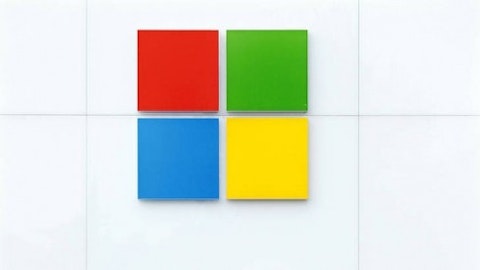Graphical-chip processor NVIDIA Corporation (NASDAQ:NVDA) recently reported its first- quarter earnings, with revenue beating analysts’ estimates. The company was able to avoid a down surge in sales despite a fall in PC shipments. This was a result of high-end consumers in the market for computers being more willing to spend for NVIDIA’s new processors in exchange for better graphics.
Good numbers
NVIDIA Corporation (NASDAQ:NVDA)’s revenue rose 3% to $955 million compared to the same period last year. Results were slightly better than the Street’s expectations. As the demand for higher-end systems remained strong, the company’s GPU revenue improved 8% compared to last year. Net income rose to $77.9 million from $60.4 million in the year-ago period. Revenue in NVIDIA’s ARM-based Tegra line of systems on chip (SOC) segment declined more than 50% sequentially and 22% from the year-ago period.
Is it a far-sighted view?
NVIDIA Corporation (NASDAQ:NVDA)’s GTX line of graphic-card sales is going strong and the company is trying to expand operations in the division. NVIDIA has performed well despite the decline in PC sales in the first quarter of 2013, but the long-term trends do not look favorable as PC demand seems to grow weaker with time.

Advanced Micro Devices, Inc. (NYSE:AMD), from its Radeon line of graphic cards, has incorporated GPUs that are compatible with Intel’s CPUs, which it calls accelerated-processing units (APUs). These APUs have graphics which are equal in capability to mid-grade discrete GPUs, and are far more efficient than Intel Ivy Bridge processors. They thus provide more juice at a lower price. AMD’s high on performance, and economical APUs have been adopted by Sony and Microsoft Corporation (NASDAQ:MSFT) for their next-generation gaming consoles.
The single-silicon SOC, which started with mobile computing, is clearly dominating all sorts of computing devices, including desktops, thus, not leaving much scope for the discrete GPU. I believe, NVIDIA Corporation (NASDAQ:NVDA) should license its GPU designs similar to Imagination Technologies like its IP patented to Intel in exchange for a royalty payment. NVIDIA should look for other ways to derive benefits from its expertise in the discrete GPU business to improve profitability and cushion itself from unfavorable market trends.
Tegra looks weak at the moment
Tegra 4 is the faster and more powerful version of Tegra 3 processors but it has not yet entered production. This has left the company with nothing but the year-and-a-half-old Tegra 3 to offer, which in the mobile-computing world is long enough to become outdated.
NVIDIA Corporation (NASDAQ:NVDA)’s management said that it has deliberately delayed the launch of Tegra 4 processors as the similar Tegra 4i processors look more attractive. The Tegra 4i CPU core design is more like the Tegra 3, but it is a 4G LTE modem-compatible SOC, making it an attractive bid for high-end Android phones.
Currently, most of the products that use the Tegra 3 have been superseded by newer devices, affecting the company’s top line greatly. Further, both the Tegra 4 and 4i have not yet reached the market, leaving a low scope to derive benefits. This suggests that the company is facing some internal difficulties to move ahead with its production.
Winning deal: Intel
With Intel’s upcoming “Silvermont” microprocessor architecture, it is targeting phones, tablets, micro-servers, networking, and in-vehicle infotainment. The real catch here is speed and amazingly low power consumption.
Intel’s dual core Silvermont-based chips apparently have the same performance as competitors’ quad-core processors in smartphone power envelopes (1W), and the chips use an average of 2.4 times less power. This means that at the same power, two Silvermont cores should deliver 1.6 times more speed than that of competitors’ offerings. This reflects immense potential and is not something that can be understated.
In tablets, Intel’s quad-core processors will either deliver twice the performance at the same level of power or consume 4.3 times less power in delivering the same performance. Either ways, it’s a win-win situation. The company might have been late to enter the mobile and smartphone market but, if its current series of microprocessors are successful, it will be in the leaders position.


